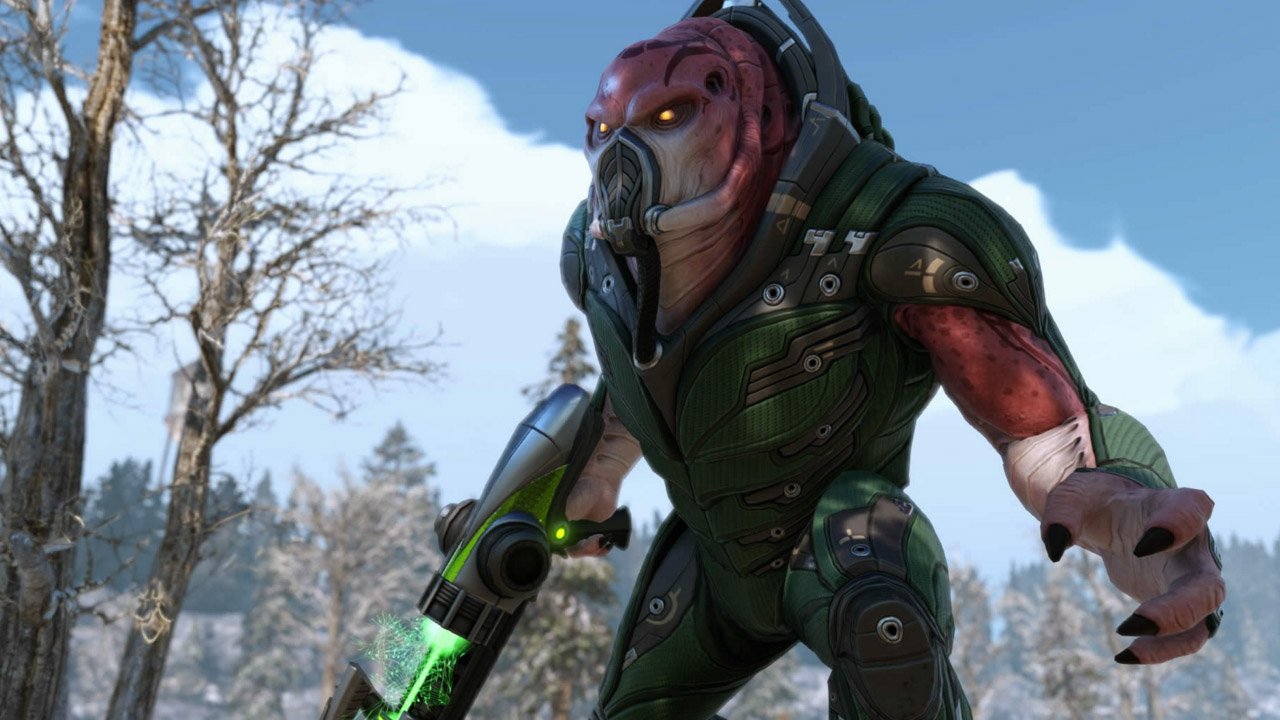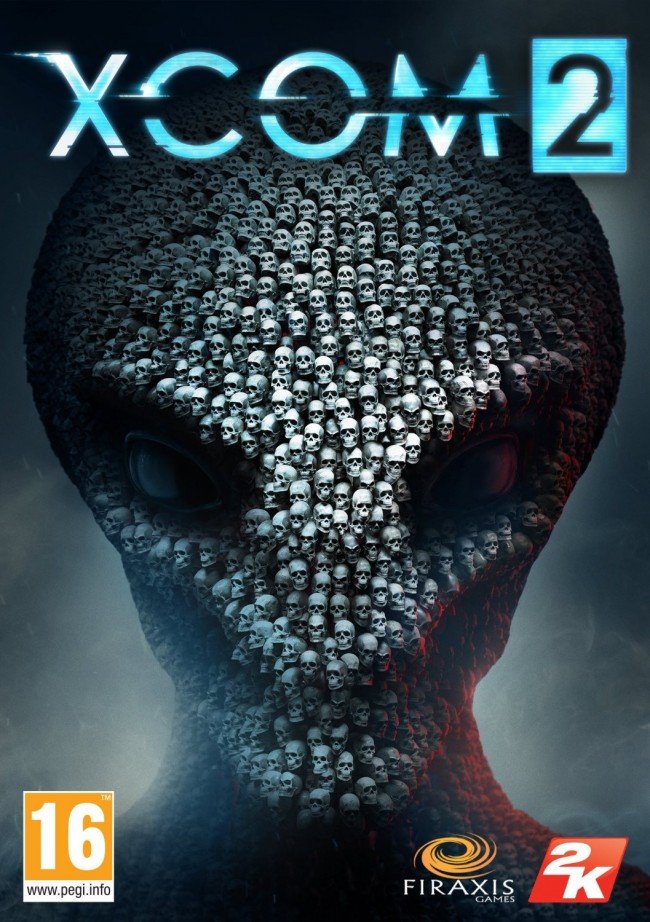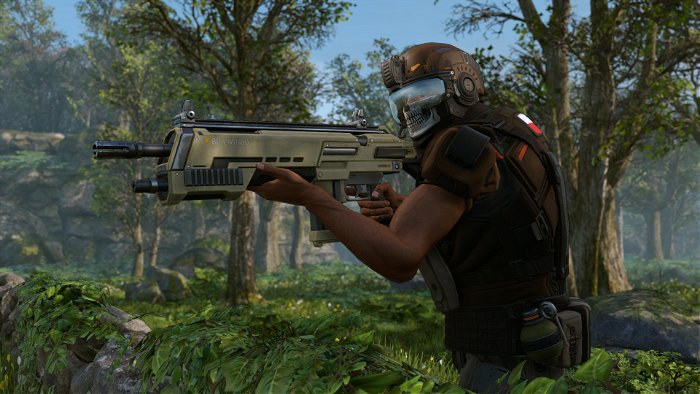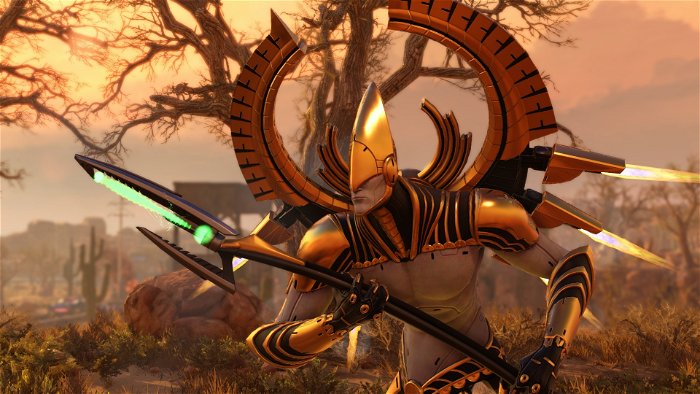Firaxis’ XCOM: Enemy Unknown is an impressive accomplishment. Tasked with reimagining an obtuse, cult-classic strategy game from the mid ‘90s for a modern audience, the developer managed to both honour and streamline the complexities of the source material. Now, nearly four years after Enemy Unknown’s release, Firaxis has set it itself a new challenge: finding a way to expand on the prior game without losing sight of what made it work so well in the first place. Add too much to what came before and XCOM 2 would lose the accessibility of its predecessor; add too little and it wouldn’t be much more than a companion piece to a past achievement.
Luckily, Firaxis has struck a welcome balance. XCOM 2, while familiar, is very much its own game and more intent on exploring new ideas than merely refining old ones.
The opening mission sees the player taking control of a handful of soldiers planning a guerrilla attack on an alien-dominated city. Whether or not the player triumphed in Enemy Unknown, XCOM 2 starts with the earth having been dominated by the invaders. In the years that passed between the two games, the aliens have been integrated into national governments, leaving only a small resistance movement commanded by the player to fight back against a totalitarian force.
Despite the relative unoriginality of its underdog storyline, XCOM 2’s narrative provides a welcome change in tone from its predecessor. Where Enemy Unknown was a game about managing a deteriorating situation, the player always growing more powerful as they fought back the alien invasion, XCOM 2 is focused on making the best out of a bad situation. The overhead strategic map—an overview of the globe with points of interest marked in various regions—is dotted with oppressed nations waiting for the XCOM resistance’s help. Inside the team’s mobile base, there always seem to be at least half a dozen construction and research projects that need attention. The soldiers who drop into direct battle never seem to be as well equipped as they could be—with the game’s “supply” currency being so hard to accumulate.


This is all by design. Rather than simply use occasional cinematics and dialogue to state that the XCOM project has become small, inadequately funded, and desperately outmatched, Firaxis infuses every moment of play with a palpable sense of desperation. While resource balancing and agonizing research choices do much of the work, a significant contributor to this tone is the alien’s “Avatar Project”—an ominous icon in the middle of the ocean that the invaders are constructing. Periodically, pips on a red progress bar fill up on the top of the screen, acknowledging that the aliens are moving ever closer to Avatar’s completion. What exactly this will mean isn’t clear until near the end of the campaign, but XCOM 2 is quick to inform that, should the bar fill up and the project complete, the game is lost. The constant reminder that failure is only a few missteps away evokes a sense of doom, urging the player to consider the high stakes of every battle.
These fights, while enjoyable, aren’t as immediately novel as what surrounds them. The tactical combat design introduced in Enemy Unknown—position squad members behind battlefield cover and attempt to outmanouever similarly armed aliens—is largely unchanged. The player still needs to balance their opportunities to shoot down the enemy with the need to remain in proper cover, administer healing to wounded troops, and reload guns, knowing that a single mistake could permanently cost them a valuable soldier. The small details introduced to the game’s combat system make a big difference, though. While the troop types and menus may look familiar, XCOM 2 stresses the importance of terrain far more than its predecessor. The percentages indicating the likelihood of successfully connecting a shot increase dramatically when the player moves their units to flank enemies, gain higher ground, or obliterate their cover.
The addition of a “concealment” system works in concert with these changes. At the beginning of some fights, the XCOM squad drops onto the battlefield far enough from the aliens that they can temporarily remain hidden. Until they’ve fired an opening volley (or stumbled into the red tiles indicating an enemy’s field of awareness), troops can carefully position themselves so they’re ready to ambush the opponent. Done well, three or four aliens can be taken out in a single player turn, providing a massive advantage in the rest of the battle.
This attention to terrain is reflected in XCOM 2’s visual design, too. Whether in futuristic city streets, replete with hologram billboards and laser-grid windowpanes, or arctic woods, covered in snow and spotted with broken tree trunks, the game creates a sense of identity far stronger than Enemy Unknown. There are constant reminders that the player is participating in a world ravaged and controlled by an advanced species—that the game’s version of earth is one in which extraterrestrial culture has influenced urban architecture and past wars have destroyed much of our wilderness.


It isn’t an overstatement to say that the attention paid to diversifying the look and tactical possibilities of the levels is key to what makes XCOM 2 work. At a certain point in each of Firaxis’ XCOM games, the cycle of strategic management and (often exhaustingly stressful) on-the-ground combat inevitably becomes a bit of a grind. Despite the thrill that comes from succeeding in a battle—or the warranted frustration of a bitter defeat—the act of repeating such taxing fights, again and again and again, can begin to wear as a campaign nears its conclusion. XCOM 2 doesn’t fix this problem, but it does lessen it by offering a number of unique mission objectives more complicated than simply eliminating the enemy and, simple as it may seem, providing a far greater array of level geography.
All of this works to great effect. XCOM 2’s problems—repetitive structuring, the brutal spike in difficulty that marks a few of its late game fights—may be severe enough to put off those who hoped for a more fundamental reworking of Enemy Unknown. But, players looking to see the past game reconfigured will find a lot to appreciate. Firaxis has created a sequel dedicated to continuing the XCOM story with a real change in tone and intent. Moving from a game about a properly funded defence force fighting back a surprise invasion to one focused on that same force, reduced to scrappy rebels trying to overthrow their alien government, is a smart narrative follow-up. Ensuring that the feel of this game, from tough strategic decisions to general doomsday aesthetic, matches the story is what makes XCOM 2 notable.








